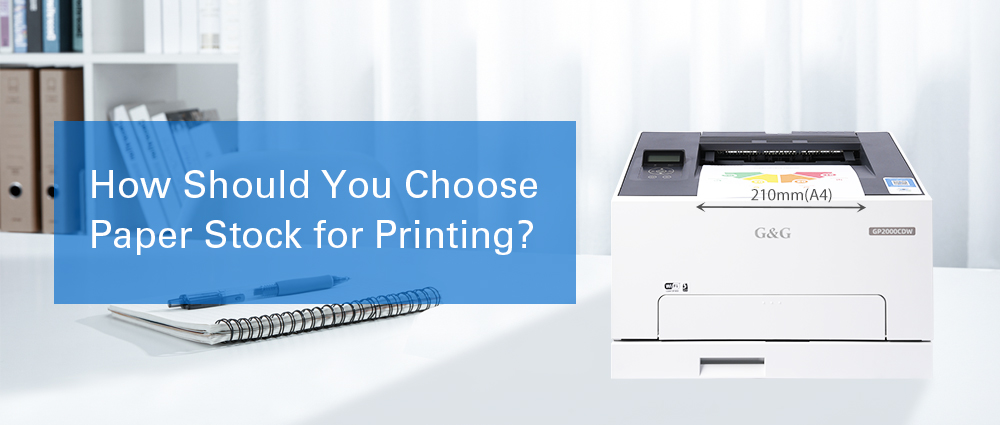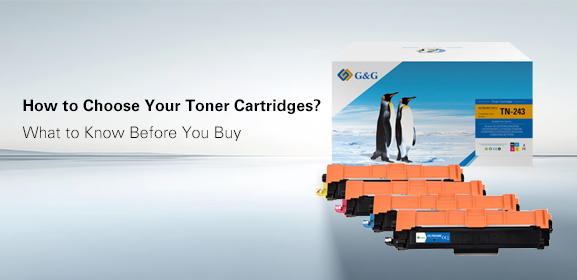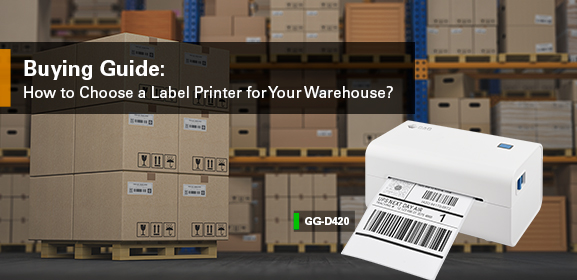-
Consumables
- Printers
- Industries
- Innovation
-
Partners
G&G Partner ProgramCo-Innovating Tomorrow Read More >
- About Us
-
Contact Us
When it comes to printing labels, barcodes, or receipts, two common options available are direct thermal and thermal transfer printers. While both of them can produce sharp and high-quality labels, they achieve this through different printing methods and have distinct features and ideal applications.

Direct thermal printers utilize heat-sensitive paper that darkens when heated as their consumables. They work by applying heat directly to the label paper, causing a chemical reaction that produces the desired image or text. Here are some key features and considerations:
Easy to Use: Direct thermal printers are straightforward to operate compared to most other printers because there is no ink, toner or ribbon to monitor or replace.
Lower Costs: Direct thermal printers have a lower purchase price and require less maintenance costs than thermal transfer printers due to their simpler components.
Compact and Mobile: Due to their simpler, ribbon-free mechanics, direct thermal printers are more compact, and they have fewer components that may fail. They're a better choice for on-the-go printing needs.
Susceptible to Fading: The labels printed with direct thermal printer are sensitive to environmental factors like heat, light, friction, and chemicals. This causes them to fade and become hard to read and scan over time. They are not the best choice for long-term use.
Higher Paper Costs: While you don't have to spend money on ribbons if you own a direct thermal printer, direct thermal labels are slightly more expensive than thermal transfer labels.
Short-Term Labeling: Direct thermal printing is ideal for applications where labels need to last less than 6 months, such as shipping labels, receipts, or event tickets.
Indoor Use: Since direct thermal labels are sensitive to heat and light, they are best suited for indoor environments, making them perfect for office and home organization.
Thermal transfer printers, on the other hand, use ribbons made of wax or resin-based ink that melt onto the printing media. Thermal transfer printers require both labels and thermal transfer ribbons. The type of ribbon (wax, resin, or a combination) depends on the specific application and desired durability of the labels. Here's what you need to know about them:
Versatility: Thermal transfer printers can handle various label materials, including paper, polyester, and polypropylene, making them suitable for diverse applications.
Durable Output: Labels produced by thermal transfer printers are highly durable and resistant to environmental factors such as moisture, heat, and chemicals.
Longer Lifespan: Unlike direct thermal labels, which may fade over time, thermal transfer labels offer long-lasting print quality.
Ribbons Required: Thermal transfer printers rely on ribbons to transfer ink onto the label material. This adds an additional consumable and leads to higher supply costs.
Higher Maintenance Costs: Since thermal transfer printers require both labels and ribbons, they are less easier to use and have more components that may fail, leading to higher maintenance costs.
Long-Term Labeling: They are well-suited for applications requiring labels with a longer lifespan, such as product labeling, compliance labeling, or inventory management.
Outdoor Use: Thermal transfer labels are ideal for outdoor applications where durability and resistance to harsh conditions such as light, heat, water, or chemicals are necessary, such as asset tagging, outdoor signage, laboratory specimens.
To enquire about direct thermal or thermal transfer printers, pleas contact us via info@ggimage.com.






